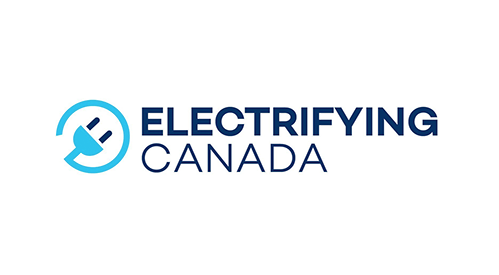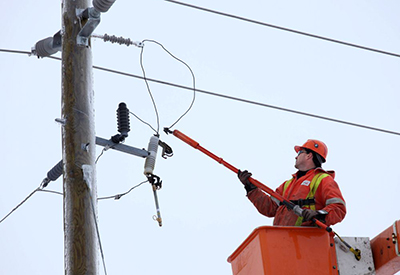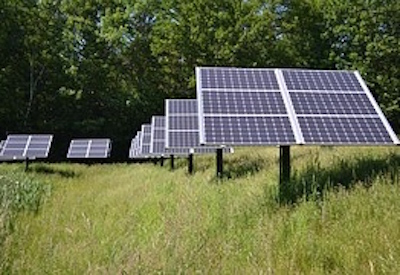Business-led Task Force Makes Electrifying Canada Top Priority

The recently launched Electrifying Canada is a business-led task force aimed at accelerating electrification across the nation.
To reach net-zero by 2050, we need to move immediately to electrify large portions of Canada’s transportation, buildings, and industry, while ensuring the power sector can support this transition. This new private sector-led initiative will call for and inform an actionable and comprehensive framework—backed by evidence-based solutions.
To start, its members have commissioned new research from Dunsky Energy + Climate Advisors, to be published in Spring 2022, which will explore the opportunities and challenges in electrifying various industries and sectors. This research will inform subsequent efforts to develop a framework for accelerated electrification and to identify priority actions.
Electrifying Canada is co-chaired by Susan McGeachie (BMO) and Richard Florizone (IISD), and its members include Teck Resources, OPG, Dunsky Energy + Climate Advisors, Innergex Renewable Energy, First Nations Major Project Coalition, Cameco, and the Ivey Foundation.
The task force is an affiliate of the Energy Transitions Commission, a global coalition of leaders from across the energy landscape committed to achieving net-zero emissions by mid-century.
“Engineers and entrepreneurs are exploring myriad technologies and pathways to accelerate the transition to clean energy,” says Richard Florizone, co-chair of Electrifying Canada and CEO of the International Institute for Sustainable Development. “While there is no silver bullet, it’s evident that clean electrification—substituting fossil fuels with clean, zero-carbon electricity—is key.”
“Net-zero is no longer niche, it’s the new normal,” adds Susan McGeachie, co-chair of Electrifying Canada and Head of the BMO Climate Institute. “Important progress is being made in Canada to transition to clean energy and cut carbon pollution, but these efforts need to both increase and accelerate. To put Canada’s economy on a path to net zero by 2050, we will need to electrify large shares of the economy—and we need a plan for how to do it.”










![Guide to the Canadian Electrical Code, Part 1[i] – A Road Map: Section 52 — Diagnostic imaging installations](https://electricalindustry.ca/wp-content/uploads/2022/11/Guide-CE-Code-2.png)






